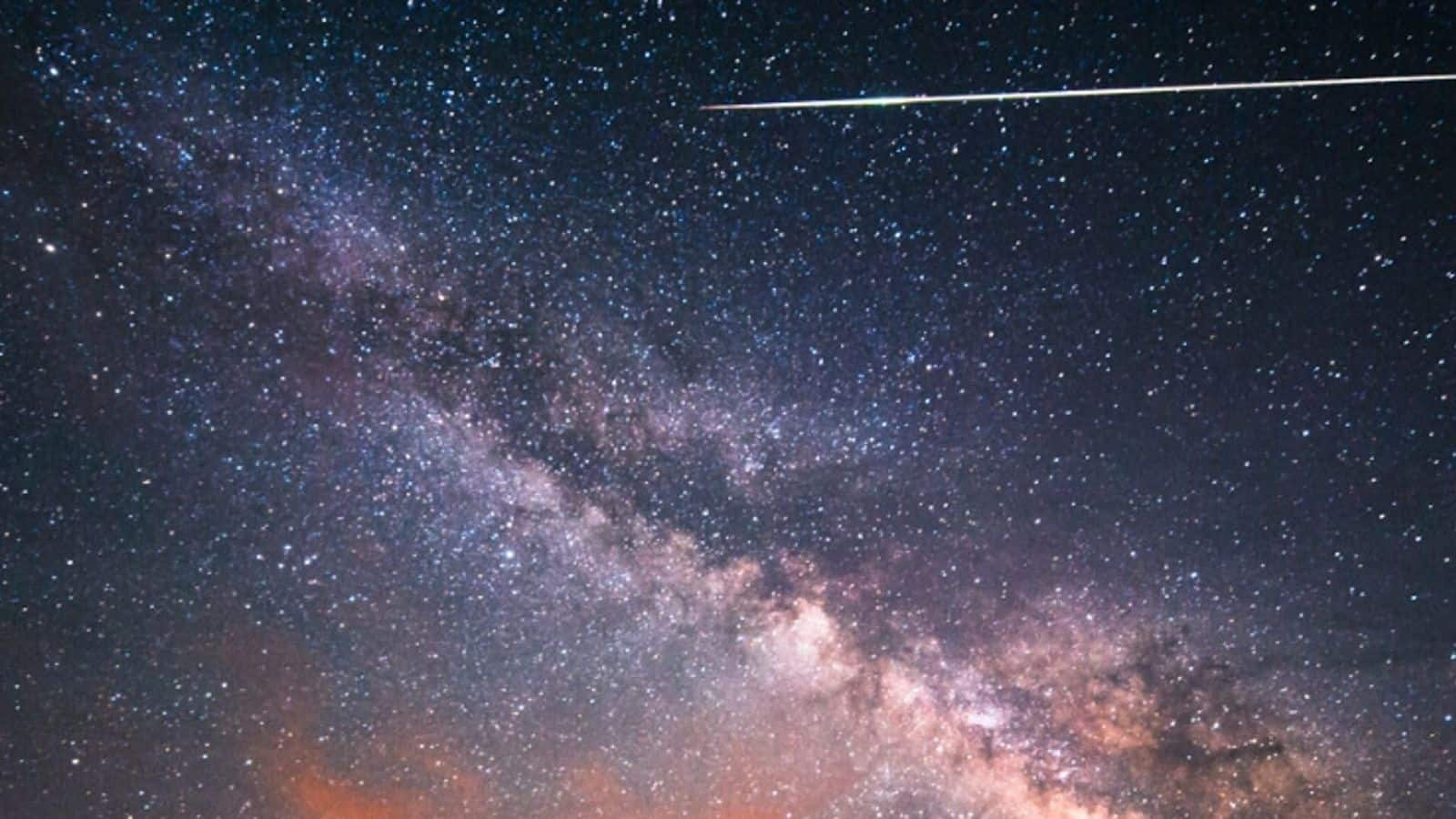What’s the story
The Eta Aquariid meteor shower, a celestial event caused by Earth’s passage through remnants of Halley’s comet, is set to peak this weekend.
This annual spectacle is particularly visible from the southern hemisphere when Earth aligns with a specific point in its orbit.
The 2024 display promises an exceptional view due to the new Moon darkening the skies before sunrise, creating ideal conditions for meteor watching.
Halley’s Comet: The source of the Eta Aquariid shower
Halley’s comet, also known as 1P/Halley, orbits the Sun approximately every 76years and has maintained its current path for thousands of years.
Each time it passes through the inner solar system, it leaves a trail of dust and gas that disperses in space.
Earth intersects this path twice annually, leading to two significant meteor showers: the Orionid in October and the Eta Aquariid in early May.
Eta Aquariids will be best visible in sourthern locations
The Eta Aquariids, one of the most striking meteor showers of the year, are relatively unknown due to their visibility being primarily confined to the southern hemisphere.
In northern regions, the radiant point from which meteors appear does not rise until morning twilight, causing all but the brightest meteors to be lost in daylight.
However, for observers in southern locations like Australiathis radiant point ascends around 1:30am to 2:00am local time, providing several hours before sunrise for optimal viewing.
Watching the Eta Aquariids: A guide for stargazers
Observing meteor showers follows a simple principle: the higher the radiant rises in the sky, the better the display.
The first hour after radiant rise may not yield many meteors, but those that do appear will traverse from one horizon to another due to their shallow entry angle into Earth’s atmosphere. These are referred to as “earthgrazing” meteors.
At their peak on May 6 morning, Eta Aquariids could produce 20 to 30 meteors per hour.
2024 Eta Aquariid meteor shower could be a potential record-breaker
The 2024 Eta Aquariid meteor shower is anticipated to be extraordinary. Not only will the new Moon darken the skies, but scientists have also found signs of potentially increased activity this year.
Some suggest that the 2024 Eta Aquariid meteor shower could be the most intense of the entire 21st century.
However, predicting meteor shower activity is notoriously difficult and some researchers propose that this year might just be “business as usual.”






